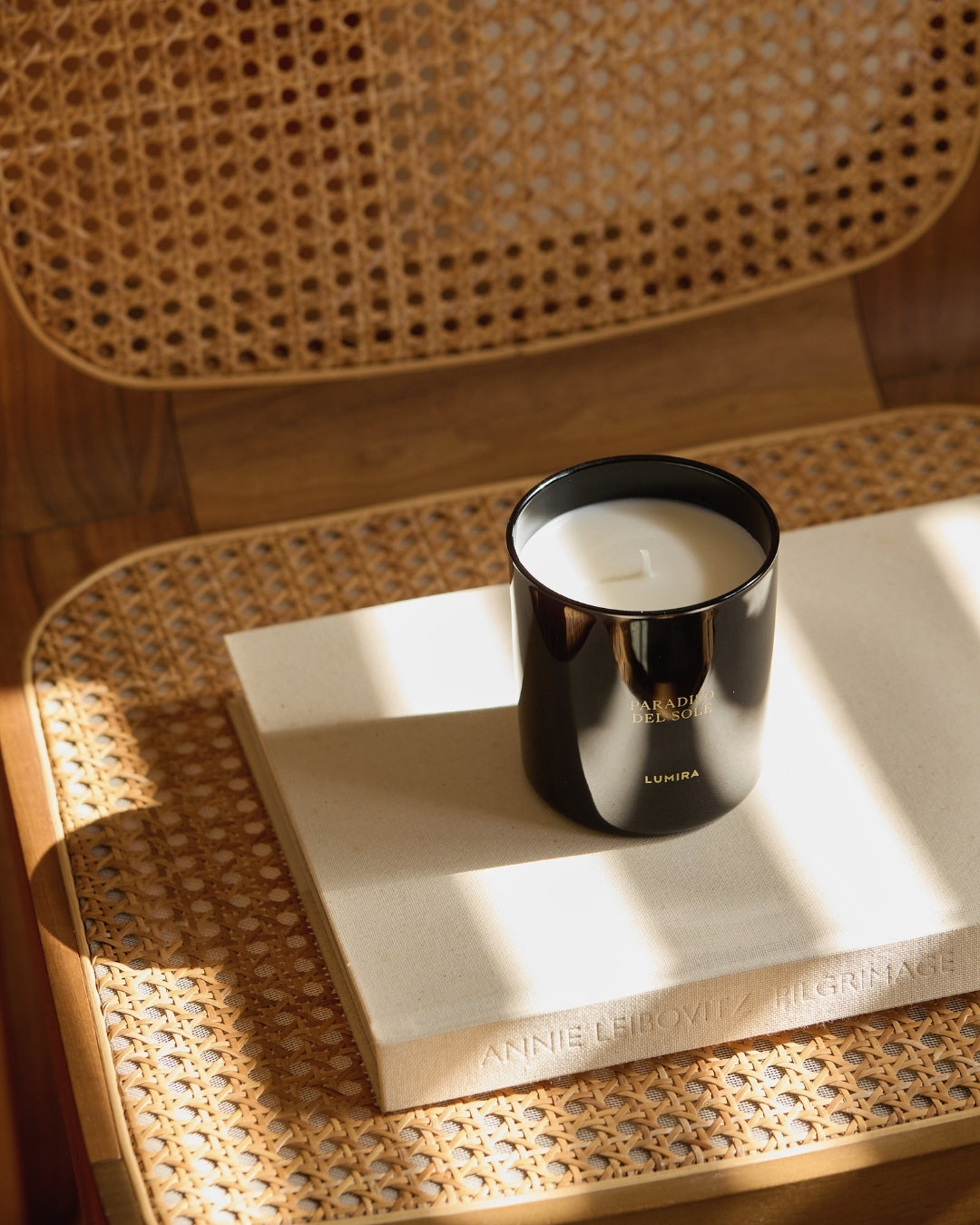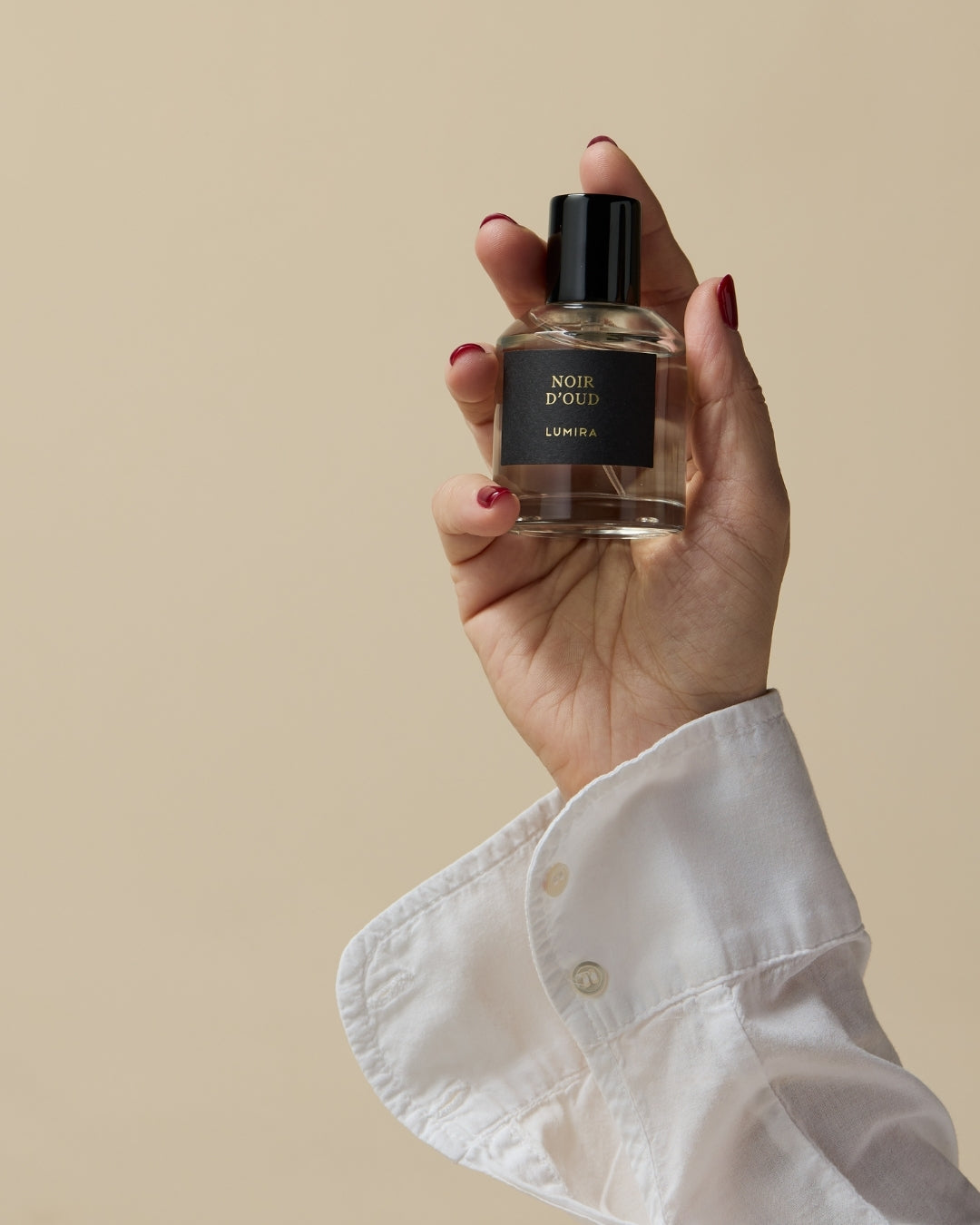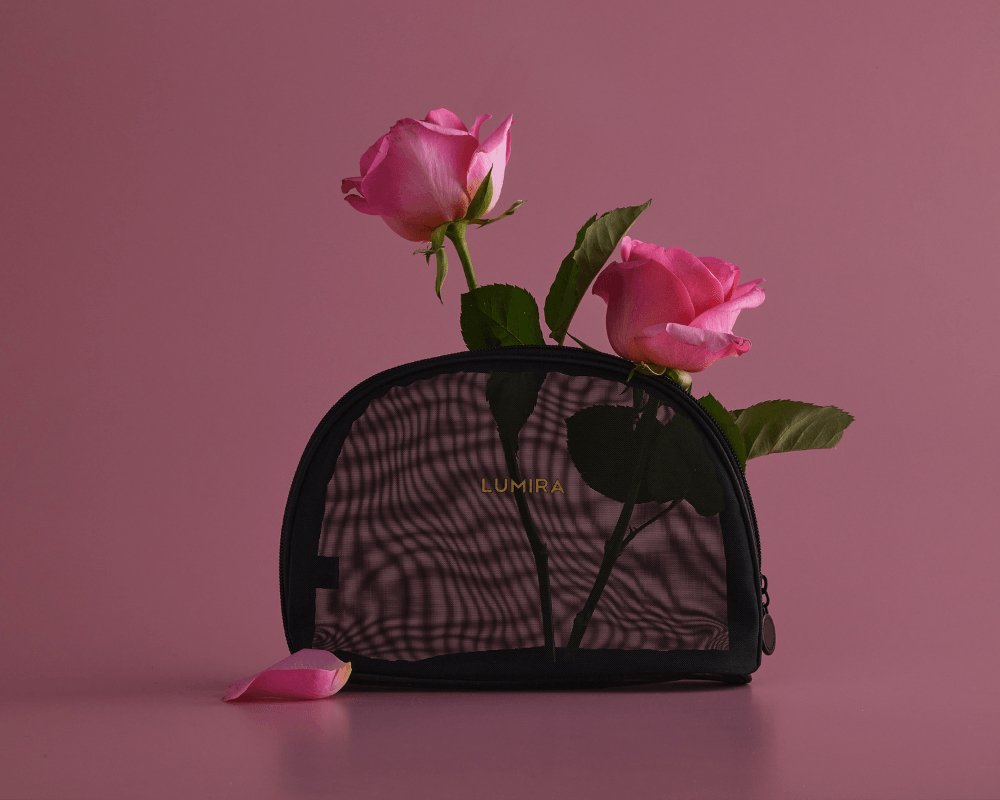The Complete Guide to Caring for A Luxury Candle

You’ve spent time doing your research, carefully selecting a candle that looks chic on a shelf and that has a scent to complement your personal interior style. So it makes sense that once you unpack your new candle, you’ll want to ensure it offers maximum enjoyment.
Taking the proper care helps preserve the longevity of a candle so it continues to bring you joy for many hours. With correct use and care, our 300gram LUMIRA luxury candles can be expected to burn for a generous 80 hours. Here’s how to ensure yours goes the distance.
Before you burn
- Take care to remove all the packaging from a candle before lighting it, including the cardboard shield that sits on top to protect the wax.
- During the first burn, allow the wax to melt all the way to the edges of the candle’s vessel – this should take 1–2 hours. This promotes a more even burn for the life of the candle and helps prevent tunnelling, where the wax melts only in the centre leaving unused wax around the sides.
- A candle should never be over-burned. As a general guide, burn for a maximum of one hour per 2.5cm (1 inch) of the vessel’s diameter. Burning a candle for longer than recommended can overheat the glass, cause the wax to become thin and diminish the potency of the fragrance. Let the flame breathe and enjoy its radiance in manageable sessions. Our 300g candles have an optimal burn time of 3–4 hours and should be extinguished after this time to allow the wax and essential oils to reset.
- Before every lighting, trim the wick to about 5mm (1/4 inch). This eliminates soot, prevents flickering, and allows the flame to burn at its optimal height. A wick trimmer allows you to easily reach in and snip the wick when it’s deeper in the vessel.
The right location
- Place your candle away from drafts, vents and open windows – air currents can cause uneven burning and shorten its lifespan.
- Always place a burning candle on a heat-resistant surface or a metal candle lid. Ensure there’s plenty of space around it and that it’s kept clear of curtains, cushions and shelving, which are all highly flammable.
- Don't move a burning candle as the hot wax can spill. Light it in place and let the flame extinguish and cool completely before relocating it.
- Never leave a burning candle unattended and always keep it out of reach of children and pets.
The finer details
- Never extinguish with a blow, which can leave behind smouldering embers, splattered wax and an unpleasant smokey residue. Instead, use a candle snuffer or carefully dip the tip of the wick into the melted wax to extinguish it. Always straighten and reposition the wick before the wax dries.
- If the wax does begin to tunnel, extinguish the flame and use a hairdryer on a low speed with a high heat setting to gently heat and melt the wax around the edges.
- A smoking or flickering flame is a sign that your candle is not burning cleanly. Extinguish the flame and allow the wax to cool. Ensure the surface is free from dust and debris, that the wick is trimmed to 5mm and that the candle is not in a draughty spot before relighting.
Care between burns
- Wipe away any soot that’s accumulated using a dry cloth or paper towel, and keep candles dust-free by covering them with a candle cover or glass dome when they’re not in use. A clean candle burns brighter and emits its fragrance more effectively.
- When they’re not in use, candles should always be stored in a cool, dark place away from direct sunlight and heat sources. This prevents the wax from softening, discolouring or losing its fragrance.
- A candle should never be burned when there is less than 1cm of wax in the bottom of the vessel. Once it’s reached its final flame, clean and repurpose the vessel to allow your enjoyment of the candle to live on. The safest way to clean a glass vessel is to place it into the freezer, causing the remaining wax to harden and contract; it can then be lifted out with a spoon or butter knife. Use a damp cloth to wipe away any wax residue. Never heat a candle in the microwave as it may contain metal parts on the base of the wick.
Written by Michelle Bateman





